Screw thread drill chucks & arbors.
Building a better mousetrap (not!) where did i go wrong.
| samuel heywood | 28/07/2023 13:42:07 |
| 125 forum posts 14 photos | I seem to have aquired a few 1/2" 20tpi threaded rohm drill chucks A few years ago i got a fairly nicely made mt2 arbor. When i decided to purchase another, the design had change & the runnout was awful. Finally got round to making myself another "better" one but it hasn't quite worked out right. What i want to know is where i've gone wrong. I know taper fit drill chucks seem to be the norm in engineering. I can't see why a screw fit should be inherrently less accurate. If you note from the 1st photo there appears to be a register on the chuck, (which should be used?) i measured this a smidge over 1/2" The commercial arbor is the one with blackened parts & undercut on the shaft near the flange. I've found it decent enough but the runnout changes each time you screw the chuck on so a bit of messing about to get rewasonable runnout & not really viable for changing between chuck sizes like i was hoping. My homebrewed one is the shiny one. Note i tried to incorporate a register where the shaft & flange meet, you can't really see from photo but flane & shaft were slightly undercut where they meet. Making one wasn't so difficult, worst bit was hogging out the excess material, lots of hot chips ! Took great pains to setup & work as accurate as i can. Snook up on the shaft dia till the end of the shaft would just fit in register. Then shaved a little off the part to be threaded. Tappped center l/h thread for securing screw for good measure. 1st time i cut imperial thread. At least i got the change wheel calcs right 55-40-40-65 on mini lathe gets you within a gnats whisker of 20 TPI. My thread ended up quite a snug fit, much better than the loose one on the commercial offering. All seemed reasonable(if not perfect) till the chuck screwed home onto the flange, then runnout was awful. Must confess , after much thought & messing about i ended up shaving a couple of thou out of the threads & off the register diameter. Everything was looser, but runnout still got messed up when the chuck mated onto the flange. Whatever the actual runnout of the drill chuck, i would have hoped i could at least make an arbor where the BODY of the chuck is no worse than a thou runnout!! So, anyone got any ideas where i went wrong? is my concept fundamentally flawed? should i remove that register entirely & see what happens? If you note on the commercial offering the flange is undercut, leaving an outer ring as the mating surface~ why? Is this the way to go. I just want to understand where I went wrong, I'll make another , if i can get a better grasp of what would be the correct way to make to minimise runnout. Any ideas? Thanks! & yes, i do realise drilling is not a precise opperation, but I'd rather it be closer to the ideal than miss by a royal mile. It was a good practice piece even if it didn't turn out as intended.
|
| samuel heywood | 28/07/2023 13:50:52 |
| 125 forum posts 14 photos | Ok, if that was too lengthy, here's a summary. Is incorperating a register on the arbor a sound concept? Loose or tight threads best for this sort of thing? Why the wide undercut on the commercial offering? What have i done wrong? ~ viz the runnout goes heywire when the chuck is tightened onto flange. |
| Clive Brown 1 | 28/07/2023 14:01:18 |
| 1050 forum posts 56 photos | I'd suggest that the type of chuck that you have is aimed at the hand-drill market, and therefor not especially accurate. In particular, the flat face that you are tightening onto may not be held accurately normal to the chuck axis as it doesn't have a function on a hand drill. |
| samuel heywood | 28/07/2023 14:44:21 |
| 125 forum posts 14 photos | Posted by Clive Brown 1 on 28/07/2023 14:01:18:
I'd suggest that the type of chuck that you have is aimed at the hand-drill market, and therefor not especially accurate. In particular, the flat face that you are tightening onto may not be held accurately normal to the chuck axis as it doesn't have a function on a hand drill. Thanks for reply. Yes probably aimed @ the hand-drill market for the most part, 1/2", 3/8" capacity chucks, I also have a 5/8" capacity one with this fitment, presumably not intended for the hand drill.& those little 6mm ones (that i don't have) are used on proxxon machines i think so must be reasonably accurate? Made by Rohm, whilst they might not be comparable to a "Supra" i'd expect at least the body of the chuck to be made true?? Snugging up to the flange on the commercial arbor doesn't seem to present a problem, so i'm still wondering where did i fluff up? |
| SillyOldDuffer | 28/07/2023 17:05:38 |
| 10668 forum posts 2415 photos | Loads of ways of cocking up precision work, you can guess how I know. The mistake may be expecting too much of the chuck. Possibly the flat-end of the chuck body isn't turned precisely at 90° to the axis. In a hand-drill chuck, there's no reason why it should be, so the end may only be cosmetic. It not being flat and true would explain why the run-out gets worse when the chuck is screwed home on the arbour. In which case, Samuel's arbour is better made than these particular Rohm chucks! Try a set-up like this: To show the principle I bunged the test-bar into my lathe's 3-jaw, but if accuracy matters centre it in a 4-jaw or a collet chuck. The run-out of the test-bar is measured first. Ideally zero, if not take the discrepancy into account before condemning the drill-chuck. Then measure how flat the end of drill-chuck is as shown above. Mine is an inexpensive Chinese machine drill-chuck, not hand-type, and the error is 0.02mm. Most of the error is from the 3-jaw lathe chuck, so this one is OK. Had the set-up revealed the base to be off-true, the same arrangement allows the drill-chuck to be skimmed true on the lathe. Usual precautions about rigidity and light-cuts only. Dave
|
| Vic | 28/07/2023 17:10:34 |
| 3453 forum posts 23 photos | I bought a Rohm chuck at one of the shows many years ago. It came with a threaded 2 Morse taper arbor fitted. Runout on it was bad as well. I eventually bought a larger MT3 arbor for it to use on my mill and it was absolutely fine. I threw the old arbor away lest I was tempted to use it for something else. |
| Fatgadgi | 28/07/2023 18:44:30 |
| 188 forum posts 26 photos | Hi Samuel This sort of chuck, developed for hand drills, uses both the back face and the 1/2” register that you noted. The threads should not be too tight as they do not help with alignment, and indeed could cause problems if they are tight. These chucks can sometimes be reasonably accurate, not as accurate as a proper machine chuck of course, but robustness is more important, and because the register has to have clearance to assemble, it will never be as good as a taper fitting. Hope that helps. Cheers Will |
| Howard Lewis | 28/07/2023 18:46:41 |
| 7227 forum posts 21 photos | A screw thread is not an accurate location with regards to eccentricity, (which is why many lathes using screw on chucks use a plain accuratew register, to improve concentricity ). But even so, because of all the clearances present, a 3 jaw chuck is unlikely to hold work absolutely concentric. Older screw on Drill Chucks used a 3/8 UNF thread, the more modern ones, usually for reversible drill, with a left hand threaded screw to prevent them unscrewing when run in reverse, use 1/2 UNF. So in increasing order of ability to hold work concentric, it is likely to be: Screw on Drill Chuck 3 jaw chuck Collet chuck. (Performance depends on quality and torque applied to the closing nut, usually the more, the better ) 4 jaw independent chuck ('Cos you have to clock the work and adjust the jaews to minimise eccentricity ). Howard |
| old mart | 28/07/2023 19:51:09 |
| 4655 forum posts 304 photos | With most drill chucks, you suck it and see, they are not required to be perfect just for drilling. I got lucky when buying a 5-25mm and an R8 arbor to fit it, the runout is better than 0.002" at various diameters, I would have beed satisfied with 0.005". Screwed on chucks are usually meant to be used on portable drills where you would not tend to notice runout so much. Testing a screw threaded chuck clamped onto a true running pin in a lathe would confirm whether the face and counterbore were true and it might be worth a bit of facing and boring if a custom holder were to be made to fit it. My best chuck is a Cutwel brand 1/2" keyless with integral R8 arbor which is 0.001" tir throughout its whole range, bought second hand on ebay. |
| samuel heywood | 28/07/2023 21:08:05 |
| 125 forum posts 14 photos | Thank you all for your comments. Maybe i'm flogging a dead horse? Not been idle this afternoon. Seems not all Rohm screw on chucks are made equal. 3/8 & 5/8 seem better than the 1/2" sized ones for some reason. After much faffing about i got a 3/8" mounted on my home brew arbor with TIR of 2 thou on body & typically 3 thou on a 10mm long series drill near the jaws & you had to look hard to notice the runout @ the tip. Guess that's about as good as it will get, so i'm now loath to remove the chuck from the arbor. The 1/2" chucks are rather less good. @ SillyoldDuffer~ i tried what you sugested with one of the 'naff' 1/2" chucks~a barely perceptible flicker of the dial, run on the back face. I had to laugh when i read your comment about my arbor being more accurate than the Rohm chuck. Great as that sounds, i kinda doubt that! @ old mart~ yes 5 thou runout would be reasonable really, when your getting 10 thou as i initially was , something's amiss. Don't worry too much folks, was trying to understand where i'd gone wrong....I'm still not sure tbh, I am slightly OCD about drilling, mainly because i had an awful time when i started out drilling holes on the mini lathe, despite it seemingly being the simplest basic lathe operation to perform. In the end it turned out to be mainly down to poor headstock~tailstock alignment. From your comments, you've given me a fresh idea~ maybe i could try my hand at boring a taper to replace the 1/2" screw thread? |
| Howard Lewis | 28/07/2023 23:07:19 |
| 7227 forum posts 21 photos | From your comments, you've given me a fresh idea~ maybe i could try my hand at boring a taper to replace the 1/2" screw thread? Now we are back to the arbors with tapers, such as Jarno, Jacobs or the later B tapers, for drill chucks The concern for these is the concentricity of the Morse and chuck taper, (Hopefully better than Morse/screw thread ) and the concentricity, or otherwise of the drill chuck itself! Howard Edited By Howard Lewis on 28/07/2023 23:07:43 |
| Martin Connelly | 29/07/2023 08:07:39 |
2549 forum posts 235 photos | If you want the arbor true to the jaw faces (at least at one diameter) then finish machine the arbor when it is screwed into the chuck and with the chuck gripping a machined in place cylindrical part in the lathe (like Dave has the chuck mounted in the photo of 28 July). As it is overhanging you should also put the centre drill into the rear of the arbor with it assembled like this for support when final machining. Use a new drill sleeve for checking the taper you produce without having to remove the assembly from the setup. Martin C |
| samuel heywood | 05/08/2023 20:09:08 |
| 125 forum posts 14 photos |
In the meantime I had another go with a 'blank' arbor.... thought it worth sharing~ just in case anyone else has some screw thread chucks they want to make good use of. Inspired by all your comments i lost the flange put a chamfer on the end instead to locate on the countersink in the chuck body.(sort of like a taper fit) Seems to work, least a lot better than my 1st effort. Getting typically 1 to 2 thou run out near chuck jaws & 4.5 thou at the end of a 'simulated' 1/2" jobber drill. Screwing the chuck on & off seemed to give very repeatable results. Truth of the matter will be when i move the arbor to the mill or tailstock. Quite pleased as if nothing else it's ended up a very short arbor. PS. that's not mold on the wall in the 3rd photo, thats a trick of the camera (look more closely), it's what passes for a chip guard as i had to take the original off. |
| Macolm | 05/08/2023 21:44:00 |
185 forum posts 33 photos | My understanding of how both a screw mounted drill chuck and for that matter a threaded lathe spindle register should work is as follows. Axial truth (parallel-ness to axis) is controlled by contact of flat faces, both parts needing to have these exactly true running. The threads control the centring, with each requiring to be an accurate constant pitch spiral. When tightened, the threads seat all round on the angled faces, determining an exact concentric point (even if there is slack) in combination with the axial alignment of the face contact. Thus the combination of thread and face contact defines an exact repeatable mounting.
There is therefore no point in a register as well. At best it will define the same concentricity as the threads, but any error will inevitable fight with the position defined by the threads. In the same way, a taper interface could have a concentricity error similar to a register. It also is likely to have lower stiffness than the face to face configuration, but if carefully executed it will, of course, work.
I have had good results making up drill chuck mountings on morse blanks by carefully screw cutting and facing, and making sure there is not a”register”. |
Please login to post a reply.
Want the latest issue of Model Engineer or Model Engineers' Workshop? Use our magazine locator links to find your nearest stockist!
Sign up to our newsletter and get a free digital issue.
You can unsubscribe at anytime. View our privacy policy at www.mortons.co.uk/privacy
- *Oct 2023: FORUM MIGRATION TIMELINE*
05/10/2023 07:57:11 - Making ER11 collet chuck
05/10/2023 07:56:24 - What did you do today? 2023
05/10/2023 07:25:01 - Orrery
05/10/2023 06:00:41 - Wera hand-tools
05/10/2023 05:47:07 - New member
05/10/2023 04:40:11 - Problems with external pot on at1 vfd
05/10/2023 00:06:32 - Drain plug
04/10/2023 23:36:17 - digi phase converter for 10 machines.....
04/10/2023 23:13:48 - Winter Storage Of Locomotives
04/10/2023 21:02:11 - More Latest Posts...
- View All Topics
- Reeves** - Rebuilt Royal Scot by Martin Evans
by John Broughton
£300.00 - BRITANNIA 5" GAUGE James Perrier
by Jon Seabright 1
£2,500.00 - Drill Grinder - for restoration
by Nigel Graham 2
£0.00 - WARCO WM18 MILLING MACHINE
by Alex Chudley
£1,200.00 - MYFORD SUPER 7 LATHE
by Alex Chudley
£2,000.00 - More "For Sale" Ads...
- D1-3 backplate
by Michael Horley
Price Not Specified - fixed steady for a Colchester bantam mark1 800
by George Jervis
Price Not Specified - lbsc pansy
by JACK SIDEBOTHAM
Price Not Specified - Pratt Burnerd multifit chuck key.
by Tim Riome
Price Not Specified - BANDSAW BLADE WELDER
by HUGH
Price Not Specified - More "Wanted" Ads...
Do you want to contact the Model Engineer and Model Engineers' Workshop team?
You can contact us by phone, mail or email about the magazines including becoming a contributor, submitting reader's letters or making queries about articles. You can also get in touch about this website, advertising or other general issues.
Click THIS LINK for full contact details.
For subscription issues please see THIS LINK.
Model Engineer Magazine
- Percival Marshall
- M.E. History
- LittleLEC
- M.E. Clock
ME Workshop
- An Adcock
- & Shipley
- Horizontal
- Mill
Subscribe Now
- Great savings
- Delivered to your door
Pre-order your copy!
- Delivered to your doorstep!
- Free UK delivery!


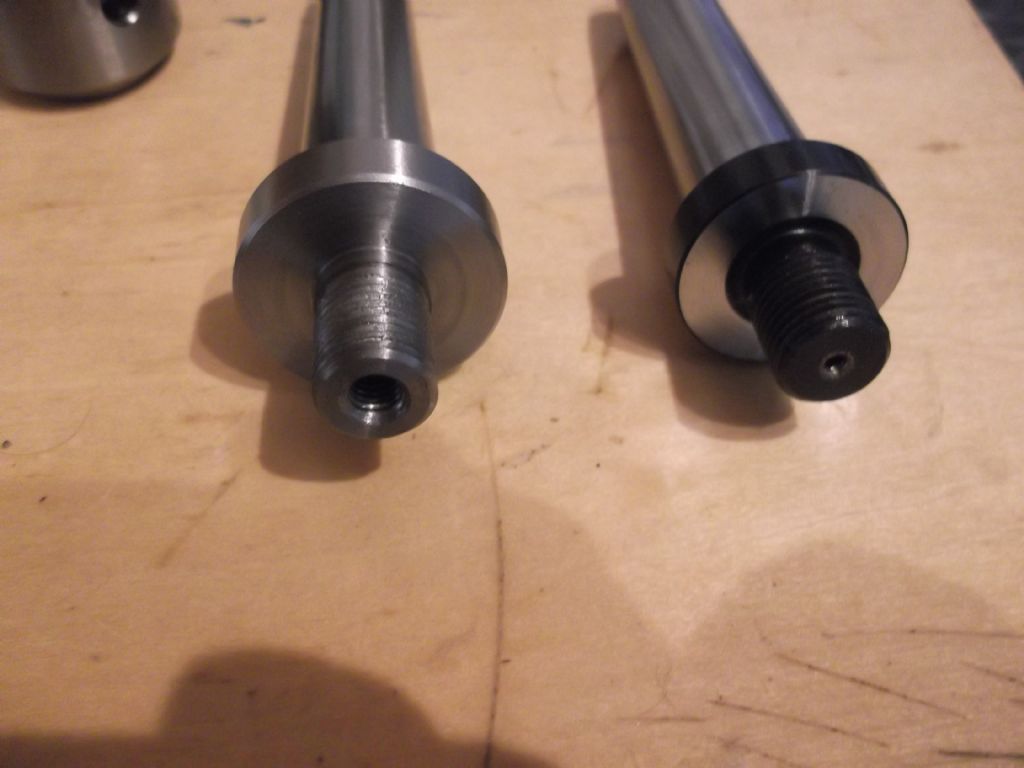

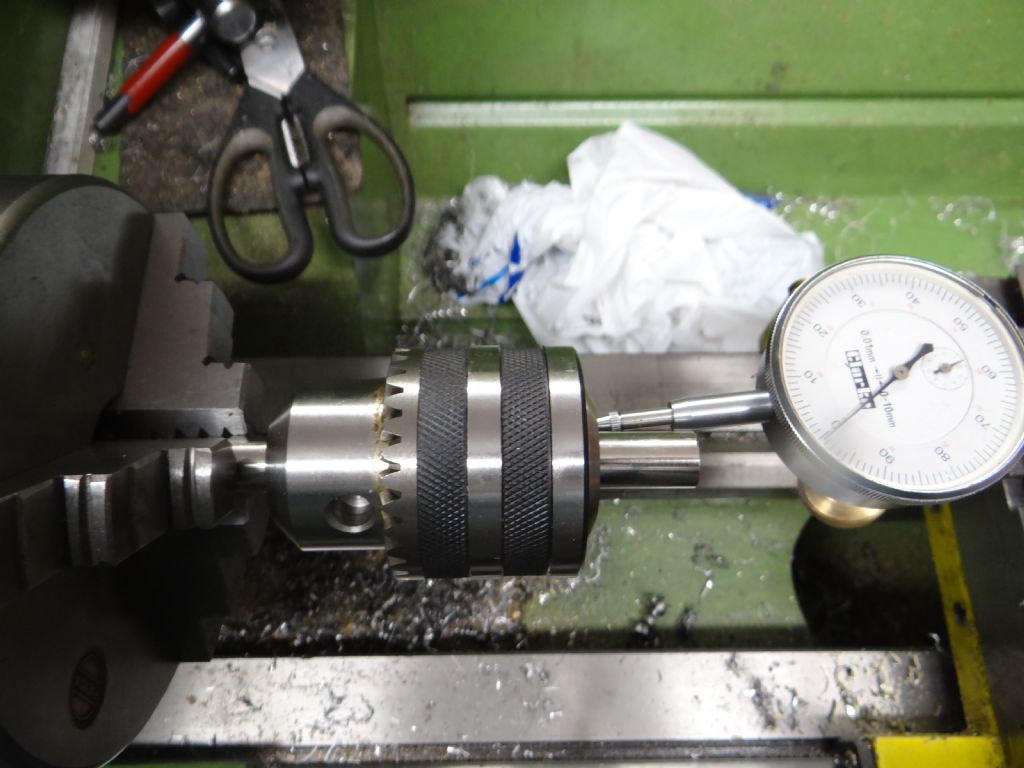
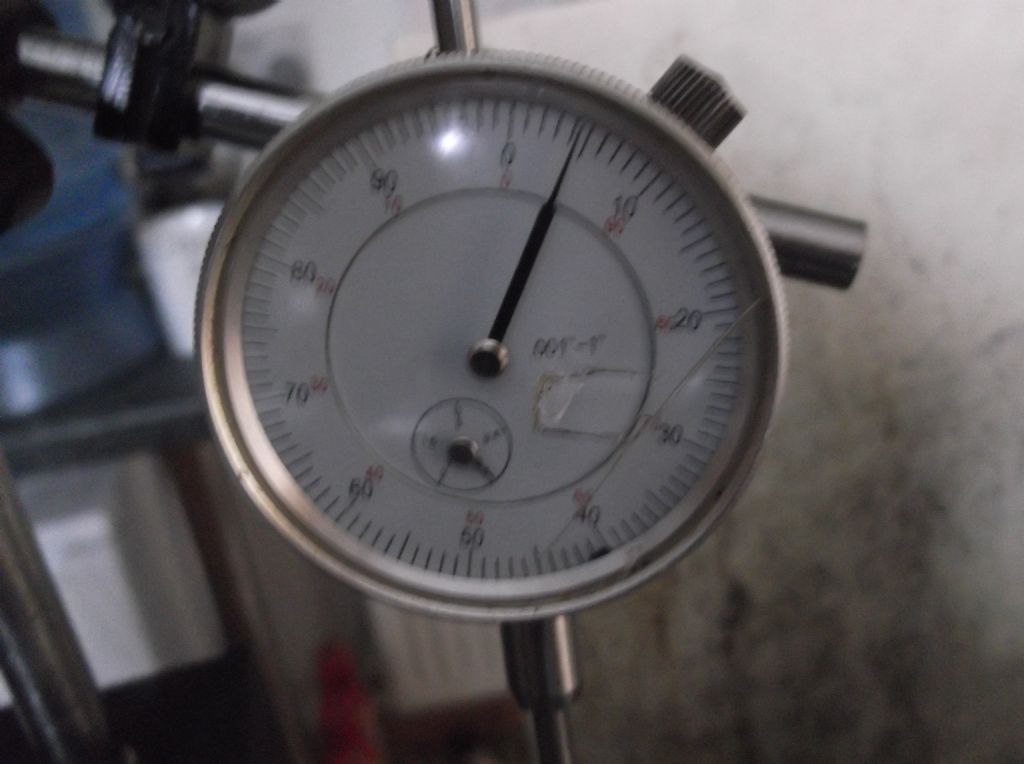

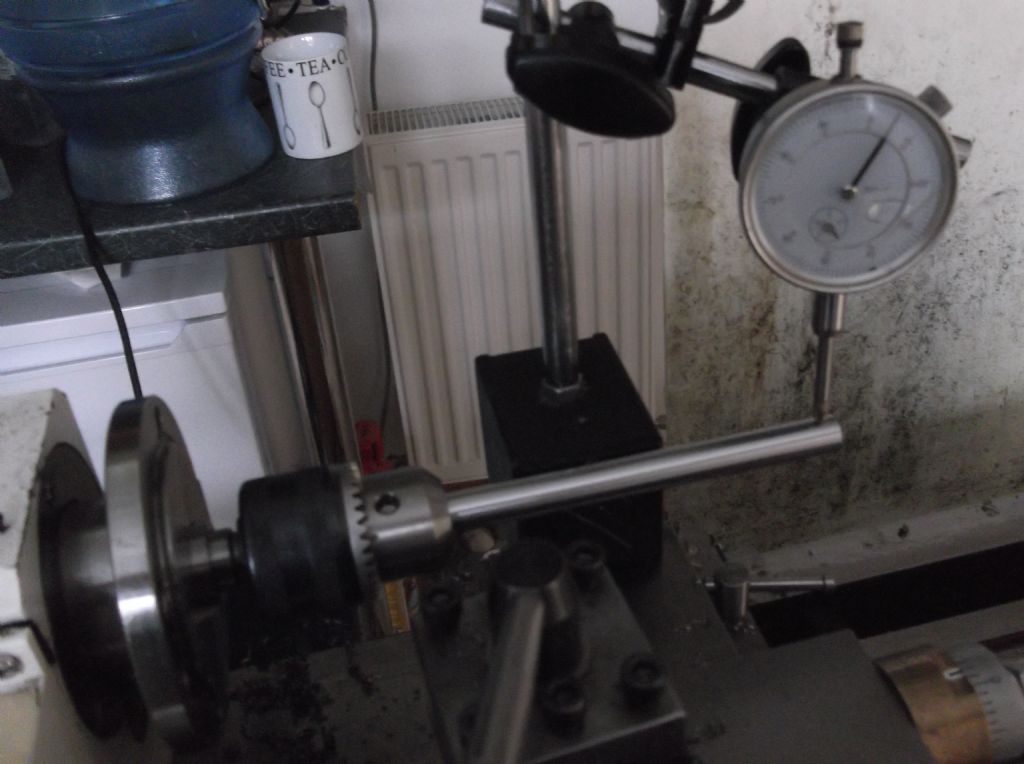
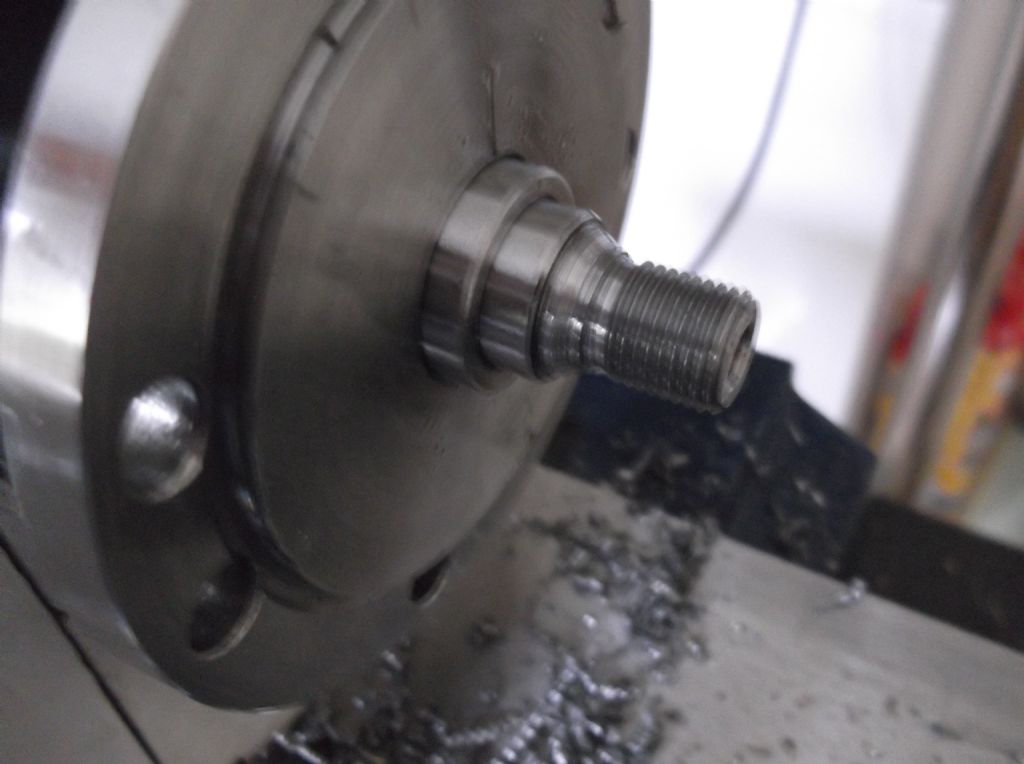









 Register
Register Log-in
Log-in


